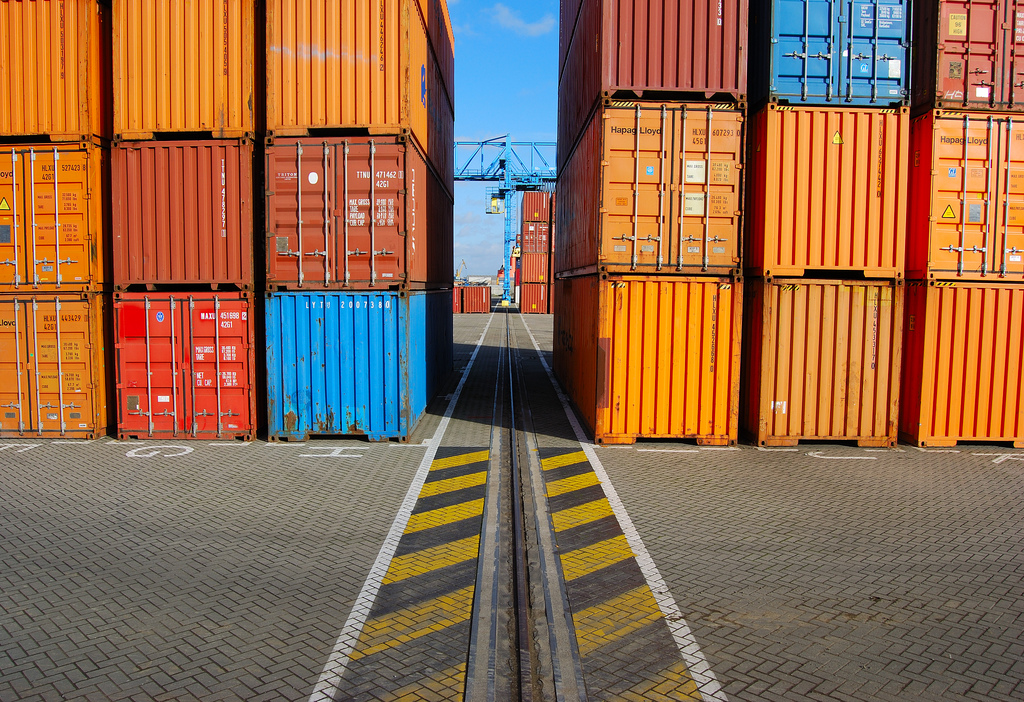As recently as 2016, the global economy was still stuck in a slump in the aftermath of the Great Recession of 2007-2009 and a debt crisis in Europe. China’s economy was slowing steadily, raising fears of economic fallout in the developing countries that supply raw materials to the world’s second biggest economy.
That changed last year, as the global economy picked up, with Europe, Japan, China and many developing nations growing in tandem for the first time in a decade, Yahoo reported.
All told, 120 countries, representing three-quarters of world economic output, enjoyed economic growth in 2017, creating the broadest global expansion in seven years, according to the International Monetary Fund.
The lending agency recently forecast global growth of 3.9% for this year and next year, up from an estimated 3.7% gain in 2017. In its outlook, the IMF noted surprisingly strong growth in Europe and Asia.
Economies in emerging markets have been growing. A weaker dollar, now at three-year lows, has helped, said Conrad Saldanha, portfolio manager of the Neuberger Berman Emerging Markets Fund.
“That growth you’re seeing plays out from an emerging markets context in the more global growth oriented markets,” he said. “Those that are linked to global growth, such as China, are performing strongly this year.” Saldanha noted that energy and financials are among the best performing sectors in emerging markets.
“The other area is exposure to the global consumer,” Saldanha said. “Today in emerging markets global consumer spending is higher than in developed markets.” Long-term, Saldanha is betting emerging markets stocks will continue to rise, driven by revenue and earnings growth. “We’ve already seen a nice upshot this year in emerging markets,” he said.
Risks Abound
Fair Observer, a US-based nonprofit media organization, talks to Hung Tran, the executive managing director of the Institute of International Finance, about the prospects for the global economy in 2018.
Q: What are the most significant political risks in 2018 you highlight for the developed economies and the US economy?
Hung Tran: Besides the geopolitical tension, the key political risk this year is rising trade friction as protectionist measures from the US—in addition to measures on solar panels and washing machines, there will be steps on aluminum, steel and intellectual property—meet with possible retaliatory moves by other countries, especially China.
In addition to trade measures, the US is strengthening the process to screen inward direct investment projects by expanding the Committee on Foreign Investments in the US. This can slow the growth of world trade and foreign direct investments, hurting the prospects of the global economic recovery.
Simultaneously, many investors have been looking for gains and opportunities in emerging markets. Do you expect this trend to continue this year?
Emerging markets have had a good performance and attracted strong non-resident capital flow last year. Such inflows to emerging markets have accelerated so far this year, as the relative undervaluation of emerging market assets versus millions of dollars in assets (specifically equities and bonds) and stronger growth in emerging markets continue to support emerging financial markets and attracting inflows this year.
According to the IIF, global debt hit an all-time high of $233 trillion in 2017. China’s total debt to GDP has risen at one of the fastest rates in the world over the past decade, from under 175% of GDP to nearly 300%. What are the risks generated from the current state of Chinese deleveraging?
The record volume of global debt, rising very quickly over the past decade, represents a source of headwind to growth as the necessary deleveraging occurs. In addition, high debt increases debt servicing difficulty, especially for weak sovereign and corporate borrowers, as interest rates start to rise. China is likely to engineer a soft landing combining gradual deleveraging and less ambitious growth objectives.
What is the reason the global debt hit an all-time high? How worried should we be about it?
Very low-interest rates and plentiful of central bank liquidity have led to a significant increase in debt. In particular, the search for yield has supported the growth of high-yield bond issuance. Besides becoming a headwind to future growth, very high levels of debt, especially by weak sovereign and corporate borrowers, will create serious debt servicing problems for them as interest rates rise.
You recently expressed the view that there is a clear sense of hope that has emerged in Europe after years of stagnation, crises and now Brexit. Where is this optimism coming from?
The cyclical recovery in Europe has accelerated and spread out across countries and sectors, thus creating a window of opportunity for Europe to reform and improve its economic resiliency and performance. European leaders have indicated their intention to move forward, energized to a large extent by President Macron’s ambitious proposals.
What is your projection for Greece? Is the country emerging from the crisis?
The Greek economy recovered by 1.4% last year and expected to grow by a touch above 2% in 2018, with government budget in balance and current account in a small surplus (of around 0.4% of GDP). Greece is finishing negotiations with its official creditors to exit the adjustment program. With improved prospects and an upgrade by Standard & Poor’s to B from B-, Greece plans to issue an international bond of €3 billion ($3.7 billion) next month. So we can talk about the post-crisis era of the country, provided the reforms put in place during the program are maintained, and the European creditors deliver on their debt relief promises.


